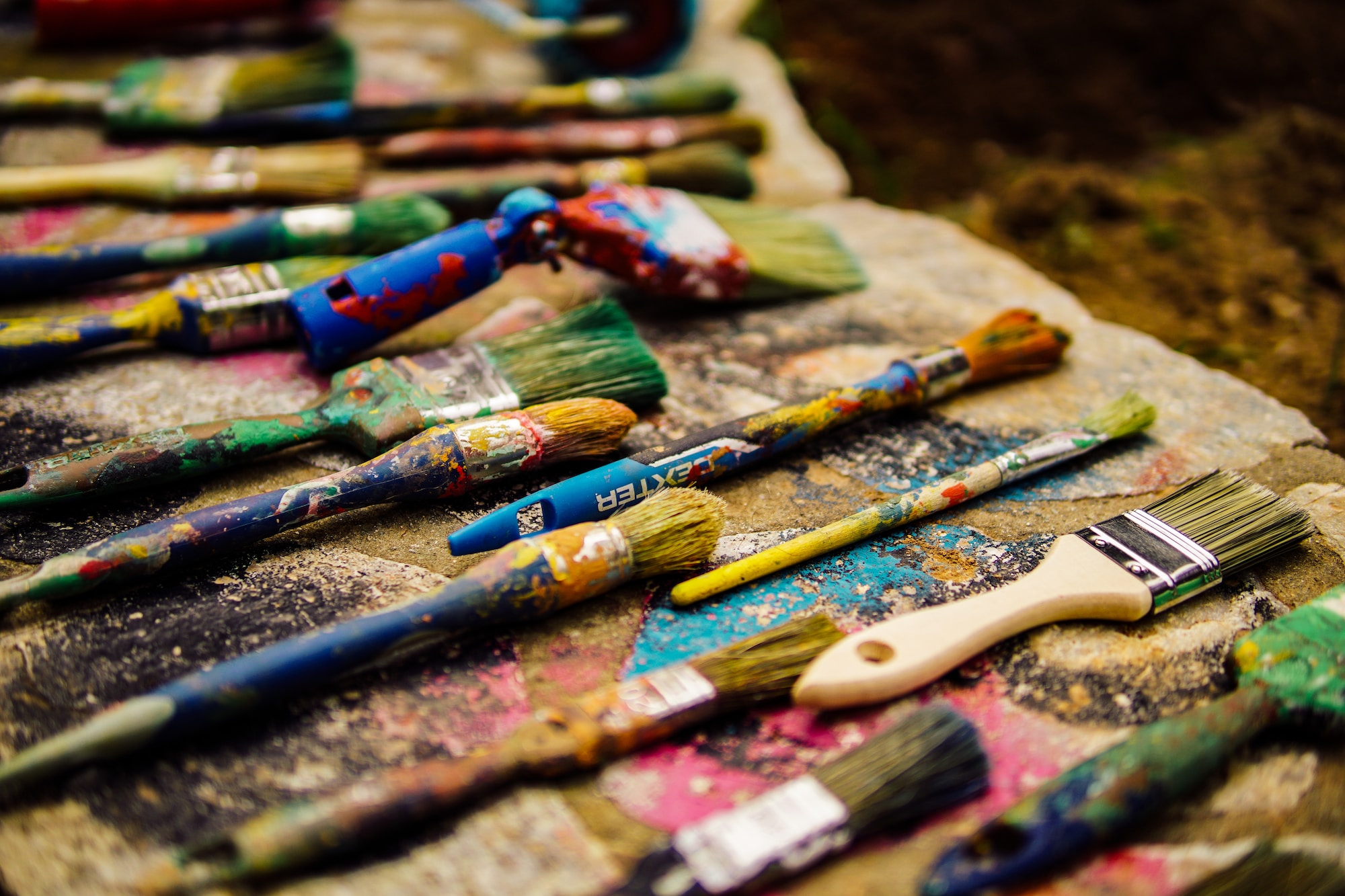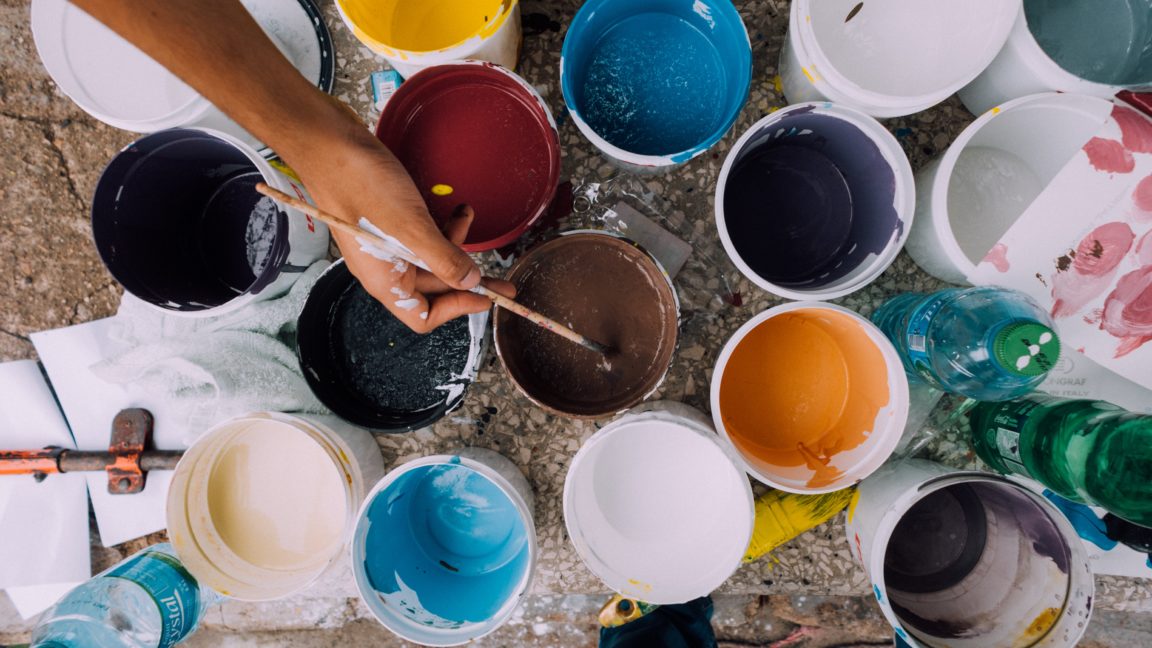Art has the power to heal, transform and inspire. In the world of prison rehabilitation programs, this power has gradually gained recognition, as creative programs prove to be effective in promoting the personal growth and emotional healing of incarcerated individuals. In this article, we will explore how various art-based programs are making a difference in prisoners’ lives, highlighting a few successful case studies and examples.
For families and friends of incarcerated individuals, staying connected is essential for supporting their loved ones through their rehabilitation journey. Accessibility to tools like the TCDJ inmate search can aid in finding and maintaining contact with those serving time in prison. Open lines of communication can create a strong foundation for emotional support, and hosting events showcasing inmates’ artistic progress from rehabilitation programs may further encourage connections and understanding between the incarcerated and their communities.
The Impact of Art on Prisoners
Before diving into specific programs, it’s crucial to understand the holistic impact of art on incarcerated individuals. Art can boost self-esteem, create a sense of achievement, develop communication and problem-solving skills, encourage self-reflection and self-awareness, promote non-violent self-expression, and reduce mental health issues, such as depression and anxiety.

The OASIS Program
Initiated in 1996, Oregon‘s OASIS Program (Oregon’s Art, Skill-building and Individual Services) has aimed to provide art therapy to prisoners with developmental disabilities. It primarily helps inmates, especially those with histories of trauma, process complex emotions and foster emotional healing. The program uses various artistic disciplines, such as painting, sculpture, poetry, and music, to help participants focus, relax, and communicate.
California’s Rehabilitation Program
California has been a pioneer in introducing art-based interventions in prisons. The Arts in Corrections program, run by the California Department of Corrections and Rehabilitation, in partnership with organizations like the William James Association, has successfully implemented the following initiatives:
- Visual art, including painting, drawing, and sculpture.
- Writing and literature, including poetry and storytelling workshops.
- Theater and performance arts, such as acting, playwriting, and improvisation exercises.
- Music, including singing, songwriting, and learning to play instruments.
Restorative Art
A noteworthy aspect of art-based interventions in prison rehabilitation is the potential for inmates to reintegrate into their communities after serving their sentences. Programs that encourage public exhibitions of prisoners’ art have demonstrated positive effects on community perceptions of incarcerated individuals. By showcasing their artistic abilities and accomplishments, these exhibits can break down barriers, humanize prisoners, and foster relationships that support the reintegration process.
The Prison Arts Project
Launched in 1977, the Prison Arts Project is another initiative that showcases the benefits of art in prison rehabilitation. The initiative was designed to offer quality art education to prisoners and was carried out through a series of week-long art residences featuring professional artists, actors, musicians, and poets.
Through art classes and performances, inmates developed vital skills, ranging from problem-solving to conflict resolution. Many participating prisoners have reported reduced feelings of aggression and improved odds of maintaining successful lives outside prison walls.

Fostering Community Connections
Another example of utilizing the transformative power of art in prisons is the involvement of incarcerated individuals in creating public murals and art installations. By engaging inmates in projects that beautify and enrich local communities, prisons can foster community connections and demonstrate the potential of incarcerated people to contribute positively to society. Through these collaborative projects, prisoners connect with the larger community, promoting their understanding of responsibility and empathy.
Shakespeare Behind Bars
Theatre can be a transformative force, as demonstrated in the case of the Kentucky-based program Shakespeare Behind Bars. Established in 1995, the initiative uses the works of William Shakespeare to help convicted individuals grasp concepts of empathy, personal accountability, and redemption.
The program’s success is evident in the anecdotal reports of improved literacy rates, lower recidivism rates, and enhanced self-worth among inmates. Moreover, a documentary produced in 2005 showcases the life-changing experiences of prisoners involved in the program.

A Call for Advocacy
Despite impressive outcomes from existing art-based programs in prisons, their reach remains limited, often due to budget constraints and a lack of awareness within the criminal justice system. To extend the reach and impact of these programs, ongoing advocacy from policymakers, educators, and nonprofit organizations is essential. By rallying for public and private financial support, influencing policy development, and promoting awareness of the transformative power of art in prison rehabilitation, these stakeholders can help pave the way for the continued growth and success of these programs.
Conclusion
The concept of integrating art into prison rehabilitation programs is a powerful testament to its transformational capacity. As more examples arise of inmates experiencing personal growth and healing through art, it becomes increasingly evident that creative initiatives in this environment fulfill a critical role in promoting a successful reintegration into society. Recognizing the potential benefits of art-based interventions policymakers and advocacy groups should consider extending the reach of such programs, giving more incarcerated individuals the opportunity to better themselves on both an emotional and intellectual level through the prism of art.





